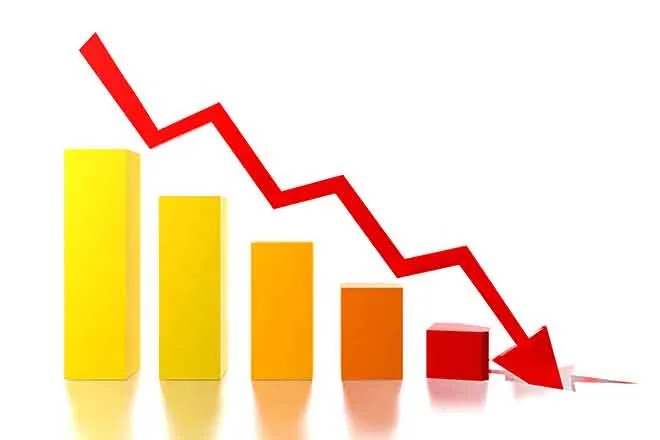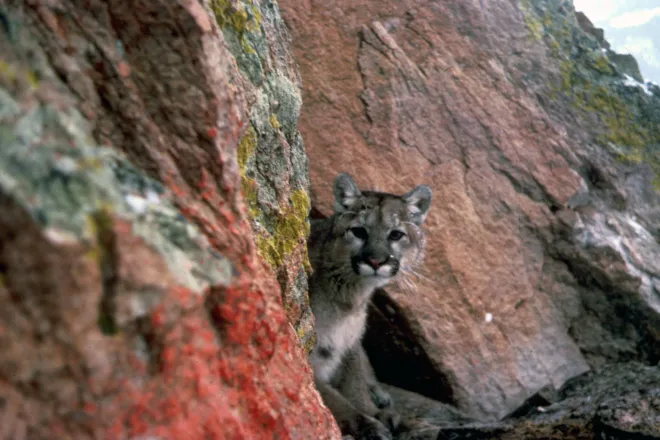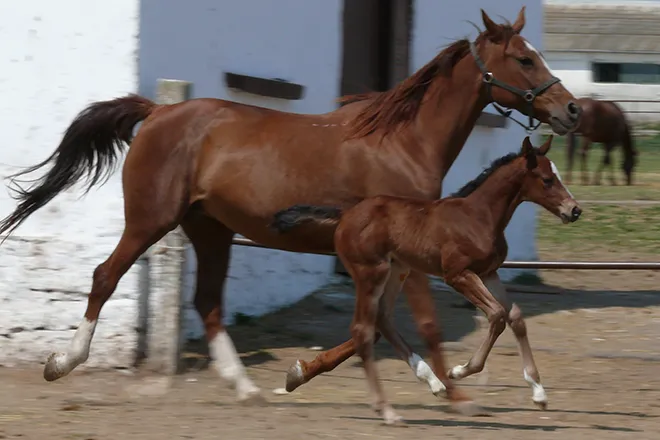
Report: Most farmers shut out by conservation programs
(Iowa News Service) Many farmers who apply for federal funding to assist in implementing voluntary conservation practices on their land-such as improving soil health or developing habitats for bees and other pollinators-are being rejected by their local USDA offices.
According to a new report by Institute for Agriculture and Trade Policy (IATP), "Payments for Pollution: How Federal Conservation Programs Can Better Benefit Farmers and the Environment," that's because in many cases limited budgets are being "mis-directed to large, polluting operations while thousands of farmers are being turned away from contracts that could help them pay for conservation improvements and help their bottom lines."
The report looks at both the Environmental Quality Incentives Program (EQIP) and the Conservation Stewardship Program (CSP), two of the largest and most popular conservation programs available at USDA. Through its research in 2021, IATP found that only 42 percent of CSP applicants and 31 percent of EQIP applicants were awarded contracts between 2010 and 2020.
"There's just not enough money to go around," said Michael Happ, the report's author, in an interview with Daily Yonder. "That's partially because conservation programs have been de-funded through the farm bill. But it's also because of a lot of other factors, most concerning to us is that factory farms [livestock operations containing thousands of animals] use up a lot of the allocations."
Happ said that IATP launched the study because of anecdotal evidence from the Environmental Working Group and other sources raising questions about large conservation payments being made to operations with a history of manure pollution in rural communities.
"Overall, EQIP is a very good program that in the past excluded CAFOs ["Concentrated Animal Feeding Operations"] from funding," Happ said. "But now some states actually set aside EQIP dollars for CAFOs."
The report focused on the 12 states often referred to as the "Midwest," and documents the difference between EQIP-practice-spending in each state. EQIP applications are evaluated and prioritized through a scoring system governed by each state's USDA Natural Resource and Conservation Service (NRCS) State Technical Advisory Committee.
North Dakota (2.1%) and Nebraska (9.7%) were the states least likely to award contracts to "EQIP industrial practices," based on IATP's definition. Both states were more likely to support pasture-based livestock and grazing systems through EQIP than CAFOs. Illinois (37.3%) and Minnesota (30.8%), on the other hand, were most likely to award limited EQIP funding to industrial practices IATP says should be avoided.
"Part of the problem with EQIP is the 50% livestock set-aside," Happ said. "Fifty percent of EQIP funds are earmarked for livestock practices, and some of that money does go toward practices we support, like rotational grazing and better rangeland management. But in some states, Iowa for instance, half of that livestock allocation is mandated to go to CAFOs specifically."
These kinds of mandates "get away from the locally-led conservation support and nuance that NRCS is so good at providing to farmers," he said. "Some states can even lose out on large amounts of funding because they don't have enough livestock applications," to meet the 50% threshold. When that happens, states with a small volume of livestock practice applications send their allocations to other livestock-driven states.
The study also looks at EQIP's five percent set-aside for "socially disadvantaged producers," USDA's definition for Black, Indigenous, Hispanic and Latino, Asian, Pacific Islander, and other farmers of color.
In these 12 Midwestern states, only South Dakota and Michigan met the five percent target. While little information is known about this racial and ethnic disparity, the report states that South Dakota's better representation of farmers of color likely reflects the large number of farmers in the state who identify as Native American.
IATP, along with dozens of other groups around the country that support conservation program reforms to better serve pasture-based livestock operations and socially disadvantaged producers, want to remove harmful industrial practices from EQIP's funding eligibility, which would require Congress to outline specific practices to remove from funding eligibility in the 2023 Farm Bill, according to the report.
They are also calling for improving the outreach to farmers of color and prioritization of sustainable grazing systems in livestock set-asides, including an option to opt-out of the 50% livestock requirement for states that may benefit from it.
"The simplest fix for EQIP is bringing the program back to its original intent," Happ said. "In the next farm bill we could make it so that CAFOs are not eligible, and we could use the EQIP funding to support the large majority of practices that have a big environmental benefit.... things like prioritizing soil health, improving water quality and carbon sequestration."















